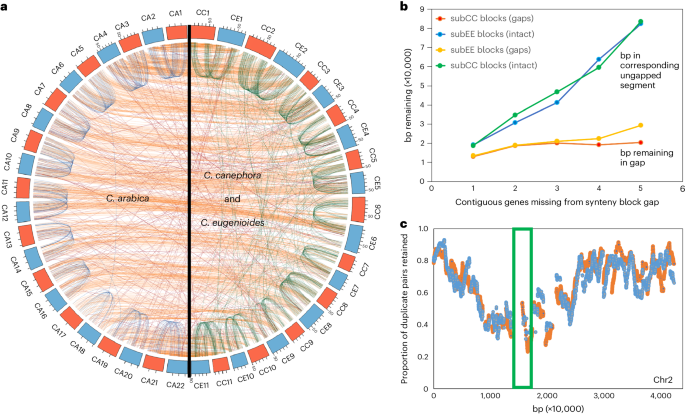2024-04-15 パシフィック・ノースウェスト国立研究所(PNNL)
<関連情報>
- https://www.pnnl.gov/publications/fine-roots-make-difference-metabolomes-and-microbiomes
- https://onlinelibrary.wiley.com/doi/full/10.1111/pce.14705
機能的に分離した細根は、微生物の集合体、微生物の機能的潜在能力、生成される代謝産物が異なる Functionally discrete fine roots differ in microbial assembly, microbial functional potential, and produced metabolites
William L. King, Caylon F. Yates, Lily Cao, Sean O’Rourke-Ibach, Suzanne M. Fleishman, Sarah C. Richards, Michela Centinari, Benjamin D. Hafner, Marc Goebel, Taryn Bauerle, Young-Mo Kim …
Plant, Cell & Environment Published: 07 September 2023
DOI:https://doi.org/10.1111/pce.14705

Abstract
Traditionally, fine roots were grouped using arbitrary size categories, rarely capturing the heterogeneity in physiology, morphology and functionality among different fine root orders. Fine roots with different functional roles are rarely separated in microbiome-focused studies and may result in confounding microbial signals and host-filtering across different root microbiome compartments. Using a 26-year-old common garden, we sampled fine roots from four temperate tree species that varied in root morphology and sorted them into absorptive and transportive fine roots. The rhizoplane and rhizosphere were characterized using 16S rRNA gene and internal transcribed spacer region amplicon sequencing and shotgun metagenomics for the rhizoplane to identify potential microbial functions. Fine roots were subject to metabolomics to spatially characterize resource availability. Both fungi and bacteria differed according to root functional type. We observed additional differences between the bacterial rhizoplane and rhizosphere compartments for absorptive but not transportive fine roots. Rhizoplane bacteria, as well as the root metabolome and potential microbial functions, differed between absorptive and transportive fine roots, but not the rhizosphere bacteria. Functional differences were driven by sugar transport, peptidases and urea transport. Our data highlights the importance of root function when examining root-microbial relationships, emphasizing different host selective pressures imparted on different root microbiome compartments.


